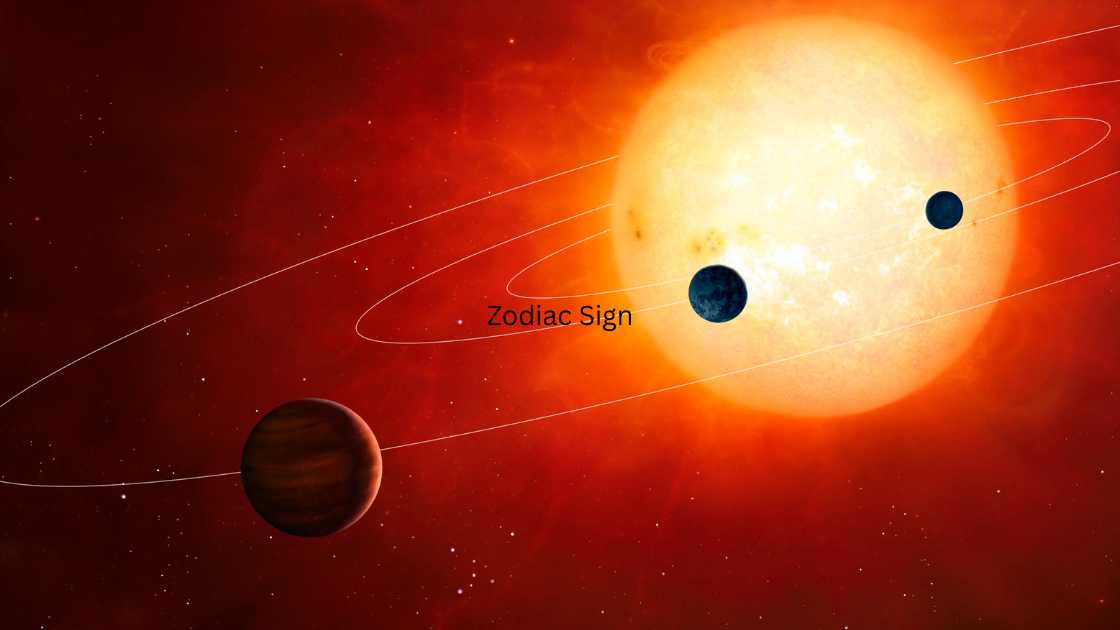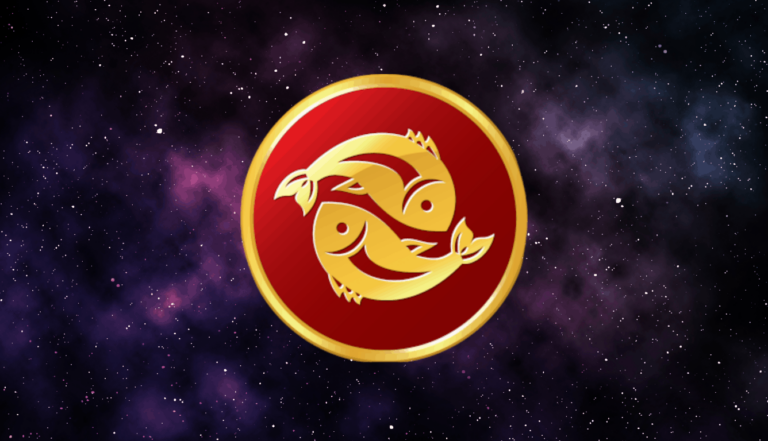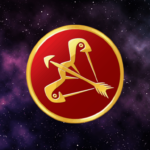Complete Guide About Planetary Aspects

Understanding planetary aspects is of prime importance to any student of the science of astrology.
Planetary aspects are a way of learning how the planets within a horoscope relate to one another and influence different areas of our lives.
This complete guide about planetary aspects will help you gain a comprehensive understanding of these celestial relationships.
What Are Planetary Aspects?

Defining Planetary Aspects
Planetary aspects are the angles formed by planets in a horoscope. These angles alter the direction of energy discharge between the planets, either in a harmonising or tensioning style. With planetary knowledge, you can gain information on every type of aspect in your life about relationships, career, and self-improvement.
Kinds of Planetary Aspects
There are a few major types of planetary aspects:
- Conjunction: The energies of the planets combine when they are close to one another. It will be powerful and intense, depending on which planets are involved.
- Sextile: The 60-degree angle between two planets in aspect displays cooperation and opportunity.
- Square: A 90-degree angle often bringing tension, difficulties, and requiring action with necessary adjustments.
- Trine: A 120-degree angle which promotes harmony, smoothness, and ease of energy flow.
- Opposition: A 180-degree angle representing conflict and the necessity for different sides to find balance in their interaction.
How Important Are Planetary Aspects in Astrology?
Influence on Life Happenings
Connected with this, planetary aspects become really prominent in deciding life events and happenings. For instance, a square aspect in the horoscope of Mars towards Saturn may represent or stand for difficulties in the achievement of set goals; whereas a trine from Venus towards Jupiter might show chances at love or abundance.
Understand Relationships
Planetary Aspects: Bottom-line Inference in Relationships According to Astrology, comparing planetary aspects between two people’s charts will tell you much about compatibility, good communication, and areas of potentially conflicting personalities.
How to Interpret Planetary Aspects

Positive and Negative Aspects
Planetary aspects can be either positive or negative:
- Positive Aspects: It actually refers to the conjunctions, sextiles, and trines. It is emphasising things that are coming together, supporting ease and growth potential.
- Negative Aspects: Squares and oppositions are challenging aspects. They create tension and require effort to overcome obstacles.
Major and Minor Aspects
Astrologers also make a distinction between major and minor aspects:
- Major Aspects: Conjunction, sextile, square, trine, and opposition. These have a prominent nature of influence on horoscopes.
- Minor Aspects: Examples of such aspects are the quincunx (150 degrees), semi-sextile (30 degrees), and semi-square (45 degrees). Although these aspects are less apparent in their influences on any given chart. They are very significant in a successful chart interpretation.
Calculating Planetary Aspects
Under an Astrology Chart
To calculate planetary aspects, you’ll need an astrology chart showing the positions of planets at a specific time and place. Most astrology software or online tools can generate a chart for you.
Identification of Aspects
Starting from the centre of the chart, trace the angles from one planet to another. Most astrology charts underline these aspects, which makes it easier to assess and interpret.
Planetary Aspects in Everyday Life
Personal Growth
Knowing your planetary aspects in your horoscope will help you in personal growth. Considering that different astrological aspects suggest various strengths and weaknesses, you can make conscious decisions to improve and work more on those areas of your personality.
Career and Finances
Planetary aspects are influential in dictating how your life must turn in terms of career and finances. On the brighter side, aspects like trines between Jupiter and Saturn can indicate success and stability, while difficult ones may point out the requirement for intense planning and hard work.
Health and Well-being
With the help of some planetary aspects, trends in health and well-being can be identified. For example, a tense Mars-Neptune aspect might indicate caution against sports or physical activities. In the same way, a harmonious Sun-Moon aspect may depict emotional equilibrium and energy.
Common Misconceptions About Planetary Aspects
Aspects Are Cast in Stone
One of the prevalent fallacies concerning planetary aspects is that they are constants. While aspecting planets provide valuable insight about a person, they still comprise only part of the overall astrological picture. Free will and personal choices play a huge role in the moulding of your life.
All Aspects Are Either Good or Bad
Another fallacy that exists is that aspects are simply good or bad. Though some are indeed difficult, they offer benefits through challenges where one grows and learns. Conversely, the more positive ones do call for effort to manifest their potential.
Keys to Working with Planetary Aspects
See a Professional Astrologer
You may need to see a professional astrologer to have a better understanding of your planetary aspects. Only then will they efficiently explain what is foreseen in your horoscope.
Keep a Journal
Notice how planetary aspects influence you by keeping a diary of experiences. Log noteworthy events, feelings, and gained insights, and see if you can spot patterns relative to your aspects.
Stay open-minded
Keep an open mind toward planetary aspects. Use the information as a tool for self-awareness and growth, not as a rigid prediction of your fate.
Conclusion
Planetary aspects are a very basic part of astrology that, on their own, can be very helpful in pointing out projected trends in your life. By understanding and working with planetary aspects, one is able to develop a better feel for self, relationships, and ways to breeze through life’s problems more easily. For professional astrologers and the curious student alike, this comprehensive introduction to planetary aspects will help you learn and tap into these strong celestial influences.
FAQs on Planetary Aspects
What is a Planetary Aspect in Astrology?
The angles that planets make with one another in the horoscope are called planetary aspects. The angles would be for or against the energy flow of the planets from one to the other, either in perfect harmony or tense Clash. In this way, planetary aspects give insights into different life matters, such as relationships, professions, and personal growth.
How Many Types of Planetary Aspects Are There?
There are five major categories of planetary aspects:
- Conjunction: When two planets are in close proximity to one another, their energies blend powerfully.
- Sextile: An angle of 60 degrees that brings cooperation and opportunity. Square: A 90-degree angle that brings tension and requires action.
- Trine: An angle of 120 degrees that brings harmony and ease.
- Opposition: An angle of 180 degrees that indicates conflict and the need for balance.
How Will the Planetary Aspects Affect Me?
Planetary aspects may be indicative of various life events and personal experiences. Thus, favourable aspects, like trines and sextiles, may point to ease of opportunities, while more difficult ones—squares and oppositions—presuppose effort with overcoming obstacles and tension.
Can planetary aspects change over time?
The planetary positions and their aspects are fixed at the moment of your birth in your natal chart. However, the transiting planets never stop moving on to form new aspects with your natal planets and keep influencing the present trends and events in your life.
How Do I Calculate Planetary Aspects?
Planetary Aspects are calculated based on a person’s birth chart, which carries the position of planets at a certain time and place. One can get this chart using astrology software or free online tools available on the Web. Now, tracing the angles between the planets from the centre of the chart will display the aspects.
What is the difference between major and minor aspects?
Major aspects include conjunctions, sextiles, squares, trines, and oppositions. Major aspects are very strong dimensions in horoscopes. Some minor aspects include quincunx/r 150 degrees, semi-sextile/ 30 degrees, and semi-square/ 45 degrees. While the impact of these aspects is subtle in chart analysis, it exists.
Are All Planetary Aspects Either Good or Bad?
No, planetary aspects are neither good nor bad. Positive aspects indicate harmony and support, while challenging aspects bring out the best in you by helping one grow through meeting challenges. In fact, every aspect can work for your good or cause negative effects based on what your response to it has been.
How Can I Use Planetary Aspects for Personal Growth?
Knowing one’s planetary aspects locates the obstacles and weaknesses in your personality and establishes one’s strengths. Being aware of the aspects enables one to make decisions that go towards enhancing and working on specified areas of personal growth and self-improvement.
Do I Need a Professional Astrologer to Understand Planetary Aspects?
Although much can be learned by yourself, the analysis and interpretation provided by a professional astrologer will definitely go much deeper and more accurate. The professional astrologer is going to give insights and guidance that are peculiar to you and your horoscope.
Can Planetary Aspects help predict my future?
The planetary aspects can throw up trends and authorities which may get imposed on an individual but do not predict his or her future. Free will and personal choices play an important role in shaping destiny. Use this information from planetary aspects for self-awareness purposes and growth, not for a strict prediction of fate.
How Can I Keep Track of the Planetary Aspects’ Influence on My Life?
Keeping a journal about your experiences, emotions, and major occurrences during your life will help you monitor the action of planetary aspects. You can, by such exercises, identify patterns and associate them with your aspects to find out more deeply what these influences from the celestial bodies really do for you.







